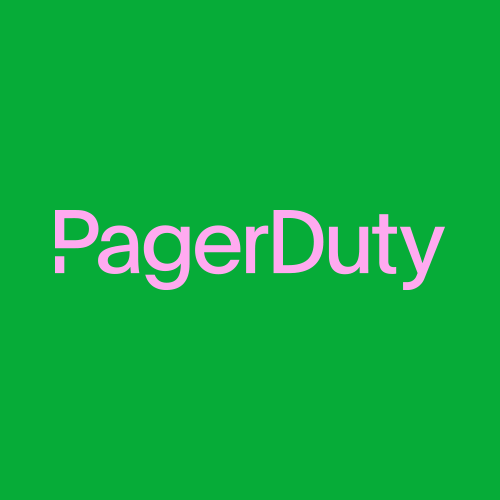What is a Product Backlog?
In a scrum environment, teams must prioritize all individual work items that must be completed overtime in order to maintain and improve a product. It is the list of upcoming tasks ordered and grouped based on the goal of delivering continuous improvement to product quality and reliability. This list is known in scrum as the Product Backlog.
The product backlog is a scrum artifact containing the full list of required tasks, typically for development to work through for a given product. For example, if an organization’s product is a website, the product backlog would have tasks for any future maintenance or updates needed to deliver continued value to users. This product backlog would likely include tasks for updating security features, adding or removing pages, increasing site speed, etc.—all of which are kept in a detailed and prioritized queue.
Think of it as a full visual to-do list of objectives needed to fulfill the long-term product goal. The product backlog should be flexible enough to adapt to the needs of both users and stakeholders throughout the full lifetime of a product. This way, if users begin to experience an issue with the product, the backlog can be adjusted to quickly resolve the issue as soon as possible.
Product Backlog vs. Sprint Backlog: What’s the Difference?
Where the product backlog contains the complete list of upcoming items for a product’s lifecycle, the sprint backlog focuses on what’s needed to achieve individual sprint goals. A sprint is a boxed out period of time during which a scrum team works together to complete a planned set of work. A sprint can be blocked out for anywhere from days to weeks or months depending on the desired effect or outcome.
For example, the goal of a sprint may be to resolve an issue, deploy a new update, perform maintenance, etc. Therefore, each item that is taken from the product backlog to form the sprint backlog must be related to the success of that specific sprint goal. These sprint backlogs are designed to move the product backlog forward while delivering consistent value to users and stakeholders alike.
Who Maintains the Product Backlog?
The product backlog is maintained and managed by the Product Owner. The Product Owner is responsible for communicating the needs of the users to the rest of the scrum team. They must ensure that the whole team understands the overall product goal, and is aware of how the different items in the product backlog contribute to the success of the product.
The product owner must prioritize the product backlog items based on the needs of the users and what will help deliver consistent value. Some items that the product owner must consider when prioritizing the backlog include:
- What do the customers care most about?
- How quickly are they able to get feedback?
- How do the backlog items compare in terms of difficulty?
- How do these items relate to each other as a part of the complete product scope?
However, it is not all solely in the hands of the product owner. Scrum relies on close collaboration and communication between all team members. The most effective product owners seek regular feedback from both customers and other internal team members (such as designers and developers) in order to optimize the backlog and maintain workable sprints. Without this close collaboration, product owners may create unrealistic goals or expectations that can set the team up for failure.
The Benefits of Using Product Backlogs
There are several benefits to managing your team’s work using a product backlog.
- Easy project/product visualization. The product backlog provides a visual representation of all items needed to fulfill the long-term product goal. This ensures a shared understanding of the overall mission among the full scrum team. This helps to motivate team members and prevent burnout.
- Increased flexibility. A well-maintained product backlog allows teams to quickly adapt to the needs of their users. Teams are able to respond to issues with shorter feedback loops, ultimately helping to improve the effectiveness and reliability of the product.
- Improved task prioritization. The product backlog makes it much easier for teams to prioritize tasks. Not every item in the product backlog needs to be delivered. Oftentimes, a scrum team removes items from the backlog if they no longer will deliver the desired value.
The Challenges of Product Backlogs
Some common challenges teams may face regarding their product backlog include:
- The scrum team must always be on the same page. Complete understanding of the product relies on close collaboration and conversations about specific backlog items. The product owner must understand how different items relate to each other, as well as how difficult they are for developers to complete.
- The backlog must be constantly evolved along with the product. As the product goal changes overtime to meet the needs of users and stakeholders, it’s critical that the backlog is updated to reflect these changes. If priorities are not adjusted, it can result in the product falling behind and not delivering on items that have become essential to customers.
How to Keep Your Product Backlog Healthy
- Update the backlog regularly. Once a team has built its product backlog, the work is just beginning. It is not a “set it and forget it” type situation. A product backlog must be continuously monitored and maintained to meet the current goals and pace of the organization. The backlog must be reviewed closely or “groomed” by the product owner prior to beginning each new iteration. This will ensure that all work being done is contributing to the overall product goal and providing continuous improvement based on user feedback.
- Prioritize short-term and long-term items. As the backlog grows, it becomes increasingly important to group the backlog into both short and long-term goals. This will help keep the backlog moving forward without getting bogged down by an unclear mission. Short-term items must be fully planned and understood before they can be started, whereas long-term items can remain a bit more vague before they come up next in the queue.
- Minimize changes to in-progress items. Once development begins work on a given backlog item, any further changes can negatively impact the workflow efficiency and team morale. Planning should be done ahead of time to ensure that each iteration is ready for development before they begin. Avoid making changes once the work is in progress.

Additional
Resources

Solutions Brief
PagerDuty for DevOps

Webinar
Incident Response Product Keynote: Automated, Flexible, Proactive